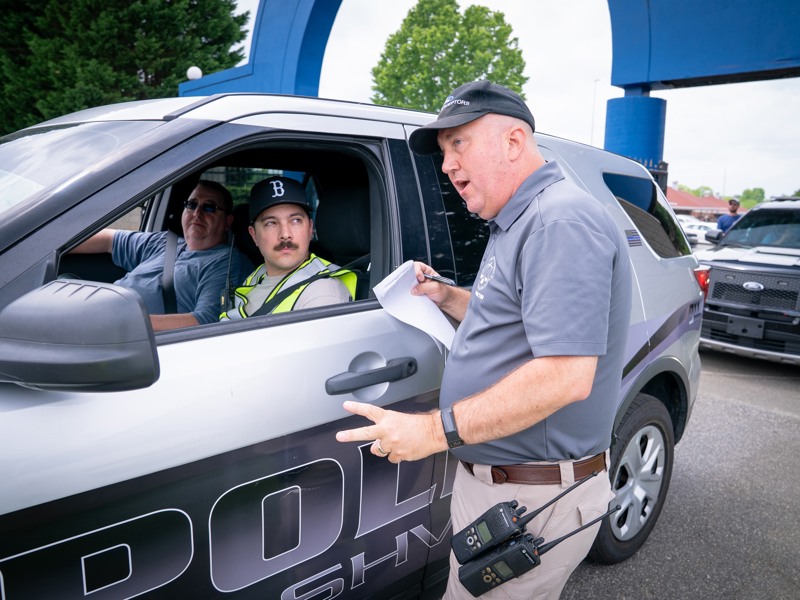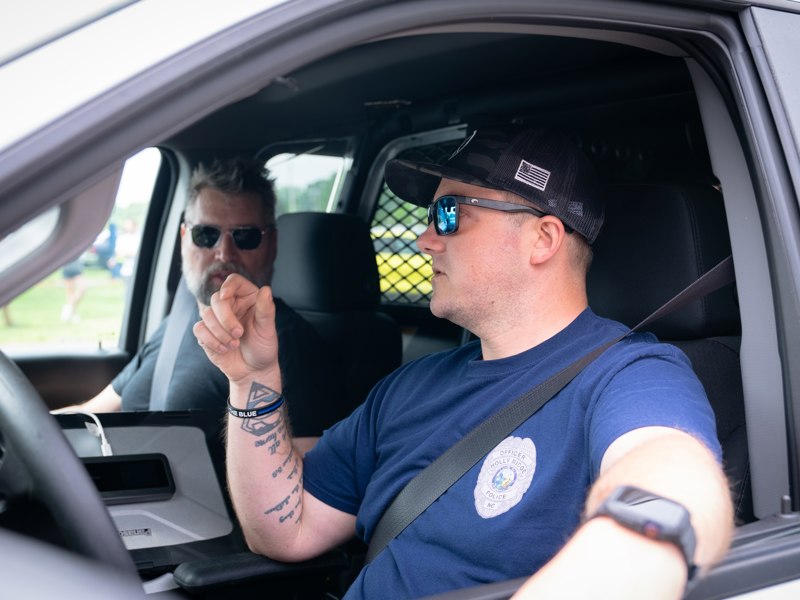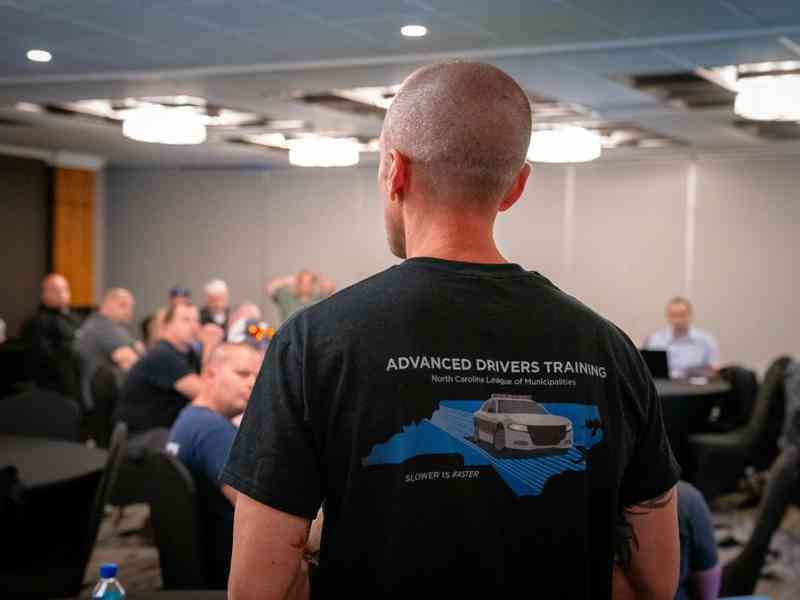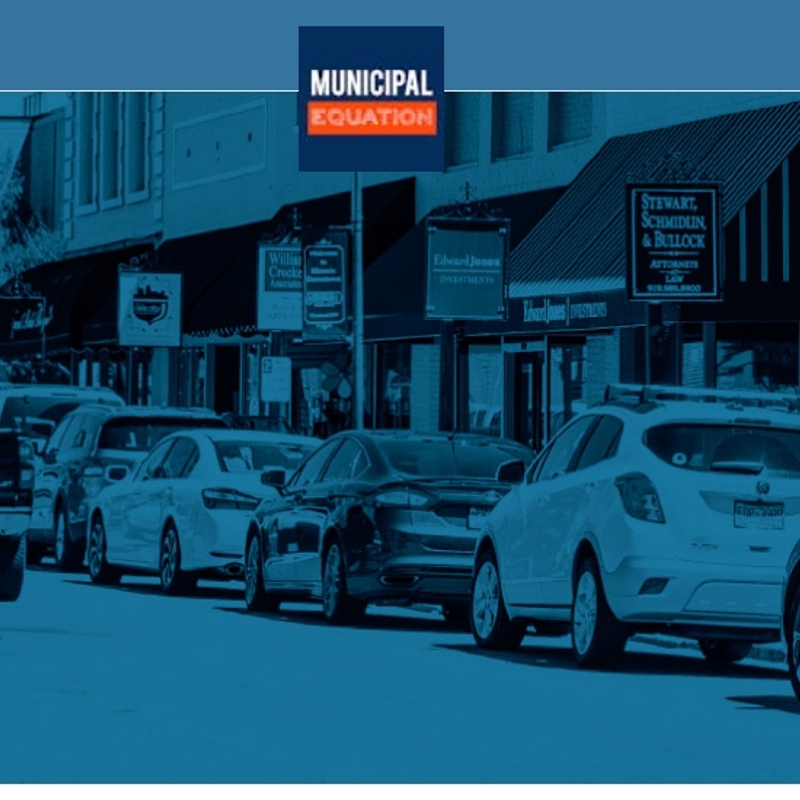Steering Towards Safety
Q2 2025 | Vol. 75, Issue 2
Whether it’s a police officer or a lineman, municipal workers across North Carolina are on the road every day in service of their communities. From patrolling neighborhoods, to fixing powerline damages, traveling to fill potholes or engaging in high-speed pursuits, the work is essential, but the risks associated with driving on the job are significant—yet preventable.
According to claims data compiled by the Property & Casualty Trust, administered by the League, vehicle-related incidents are the leading cause of claims among member municipalities. In fact, from fiscal years 2021 through 2024, driving-related claims consistently outpaced all other categories, highlighting a clear and urgent need for safer driving practices.
“We handle a wide range of driving-related accidents across the state. Getting behind the wheel is one of the most dangerous parts of any job, yet it's so routine that we often forget to stay vigilant,” said Matthew Reid, League risk control consultant.
Driving-related claims aren’t just the most frequent, they’re among the costliest. These incidents can result in property damage, serious injury and even loss of life. For municipalities, the financial impact can extend far beyond repair bills or medical costs. Time lost, reputational harm and the emotional toll on employees all add to the real cost of car-related incidents. According to the U.S. Bureau of Labor Statistics, transportation incidents were the most frequent type of fatal event in the workplace in 2023, accounting for 36.8% of all fatal work injuries.
Now more than ever, it is clear to the League’s Risk Management Services team that the municipal workforce must commit to safe driving practices. This commitment not only keeps people physically safe, but also reduces claims. And fewer claims mean more money saved to help municipalities focus on other community needs. Reducing vehicle-related claims isn’t just about safety, it’s smart risk management.
“Our goal is always to keep people safe, first and foremost. But there are so many other benefits. The less money being paid out in driving-related claims means more money for other risk prevention opportunities,” said Tom Anderson, League director of public safety and risk control.
The League always has safe-driving practices front-of-mind. The Shield Services team partners with the Town of Hillsborough each year to provide two-day police driving training that includes classroom instruction and race-course practice with trained driving professionals. Participants of this course come back year after year to keep refining their driving skills and to stay up to date on best practices.
“The police defensive driving training is one of our police officers’ favorite services we provide. It takes the tools you learn about in the classroom directly to the [practice] road to work out the obstacles with professionals. It keeps the drivers safe, and importantly, others on the road as well,” said Joe Graziano, senior public safety risk management consultant.
To further develop the safe driving culture for all municipal employees’ behind the wheel, the League’s Risk Management Services team is proud to introduce a new safe driving campaign. This comprehensive initiative is designed to support municipalities in creating a strong culture of safety behind the wheel, no matter what the job is.
The campaign will include resources like training videos, suggested policies for driving-related positions and informational materials that will keep safety at the top of mind when behind the wheel.
Driving is one of the most visible ways municipal employees interact with the public. Sometimes, it’s the first impression residents get of how their local government operates. By prioritizing safety on the road, municipalities demonstrate their commitment to professionalism, responsibility and care for both employees and citizens.
As we roll out this campaign, we invite all League members to get involved, participate in trainings, use the tools being provided and commit to safety.
For more information, visit the League’s Risk Management Services webpage at www.nclm.org/insurance-risk-management/.







